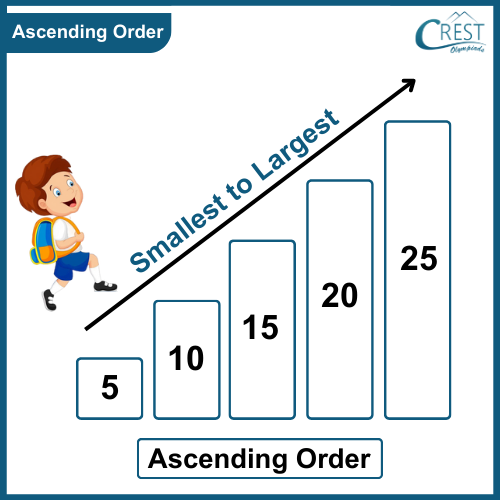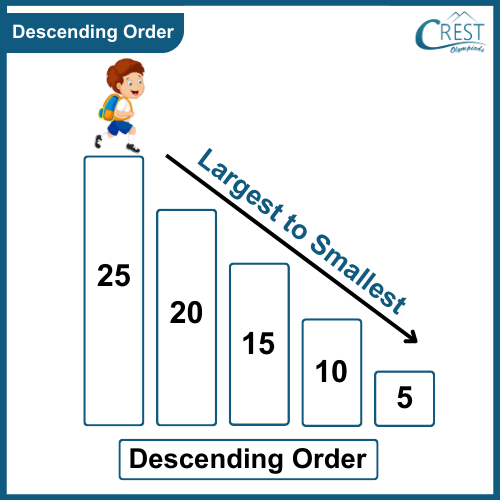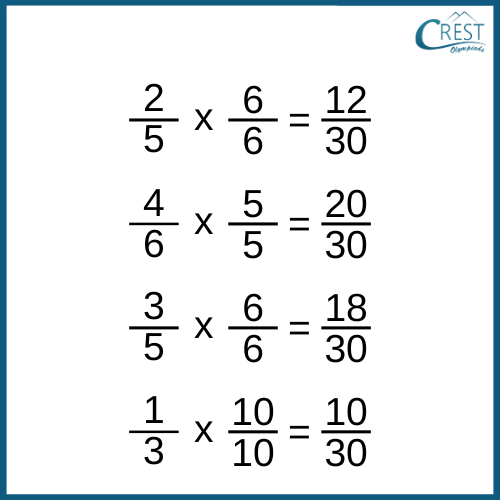-
Olympiads
- CREST Mathematics Olympiad (CMO)
- CREST Science Olympiad (CSO)
- CREST English Olympiad (CEO)
- CREST Reasoning Olympiad (CRO)
- CREST Cyber Olympiad (CCO)
- CREST Mental Maths Olympiad (CMMO)
- International Green Warrior Olympiad (IGWO)
- CREST International Drawing Olympiad (CIDO)
- CREST International Spell Bee Summer (CSB)
- CREST International Spell Bee Winter (CSBW)
- International Teacher Olympiads
- Class wise
- FAQs
- Student Connect
- Preparation
- Explore More
Join our WhatsApp Channel for Exam Updates | Spell Bee Workbook Launched Check Now | Preparation Material for Mental Maths and Science Olympiad Launched | CREST Olympiads recognized as Most Innovative Olympiad Exam | Olympiad Registration Will Close Soon |
Check Previous Years Papers | Check Olympiad Exam Dates





